Choosing the Right Collar for Dog Training: A Comprehensive Guide
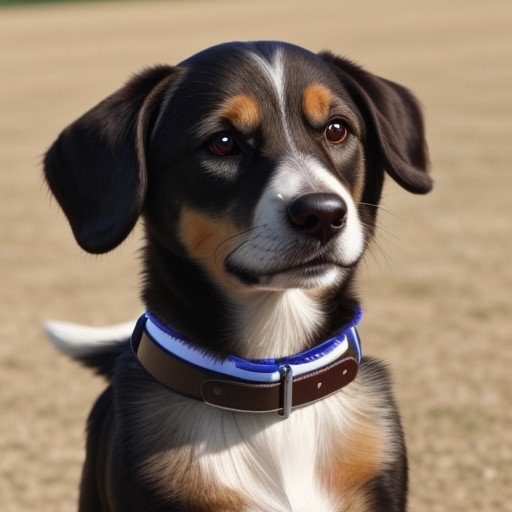
In the world of canine companionship, good training is essential to a happy pet-owner connection. One of the most important parts of this training process is selecting the appropriate collar. The issue “What type of collar is best for dog training?” is one that dog enthusiasts frequently ask themselves. This question is the compass that points us in the direction of all the possibilities accessible in the dog accessory market .
The choice of training collar has a big impact on how the pet and owner connect and communicate. Every variety of collar, from the conventional flat collar to the more specialized options like prong collars, head collars, martingale collars, and electronic collars, has special features to meet different training requirements.With the goal of illuminating the many collar kinds and assisting pet owners in making informed decisions, this guide seeks to dispel the mystery surrounding them.
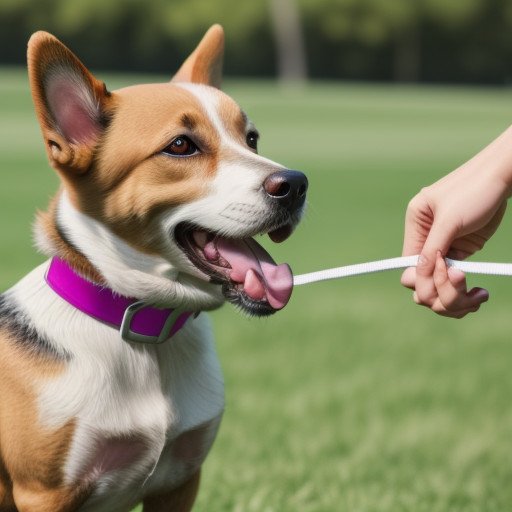
Dog owners can make decisions that are specific to the size, breed, and temperament of their pet by being aware of the subtle differences between each type of collar. Come along on this illuminating adventure as we explore the subtleties that enable dog owners to promote positive behavior and create enduring bonds with their furry friends as we dig into the complex realm of dog training collars.
Table of Contents
**Understanding the Basics of “What Type of Collar is Best for Dog Training” **
Prior to exploring the wide world of dog training collars, it is important to understand the basic ideas that guide this important part of pet ownership. Beyond being a fashionable item, a dog collar facilitates communication between a dog and its owner. A collar is primarily used for identification, restraint, and—most importantly—training.
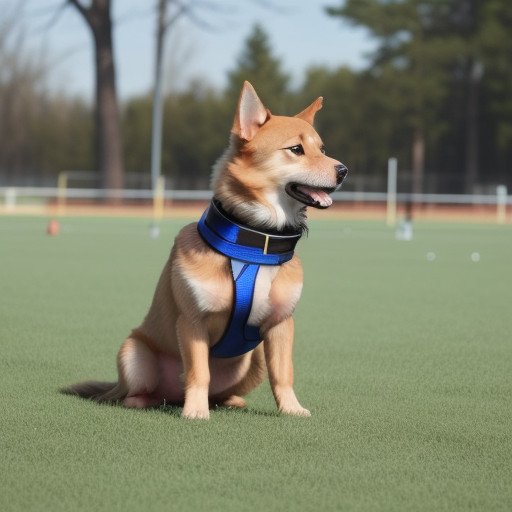
When considering the topic, “What type of collar is best for dog training?” it is important to understand that collars are essential for communicating commands and rewarding desired behaviors. Knowing the fundamentals of effective communication sets the stage for both owner and dog to thrive in their shared journey of learning and companionship, regardless of whether they choose to use a traditional flat collar or investigate more specialized options like martingale or head collars.
**1. Flat Collars: The Standard Choice
When it comes to dog training, flat collars are the standard option because they are a classic and functional piece of gear. These collars, which come in a variety of materials like as nylon, leather, or cloth, fit dogs of all shapes and sizes comfortably and are adjustable. They are perfect for daily use and simple training activities because of their simplicity and convenience of use.
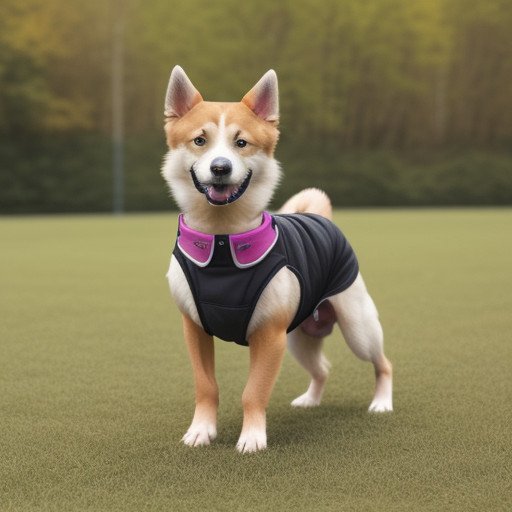
Flat collars serve a purpose more important than just being fashionable; they also act as a safe place to fasten leashes and identification tags. Flat collars stand out as the go-to choice when considering “What type of collar is best for dog training?” These collars combine usefulness and practicality in just the right amounts, whether they’re used to enforce obedience commands or guarantee safety when out for walks. Their lasting popularity serves as evidence of their dependability and makes them a popular option for dog owners looking for a simple yet efficient tool for their training activities.
2 . Martingale Collars: Gentle Correction **
Martingale collars offer a novel and compassionate method of training dogs by providing a mild correction without the need for harsh techniques. Because they can’t be tightened all the way, these collars are a useful training aid that won’t put too much strain on your dog. Martingale collars offer a snug fit without the chance of choking, making them especially ideal for breeds with smaller heads, such as Greyhounds or Whippets.
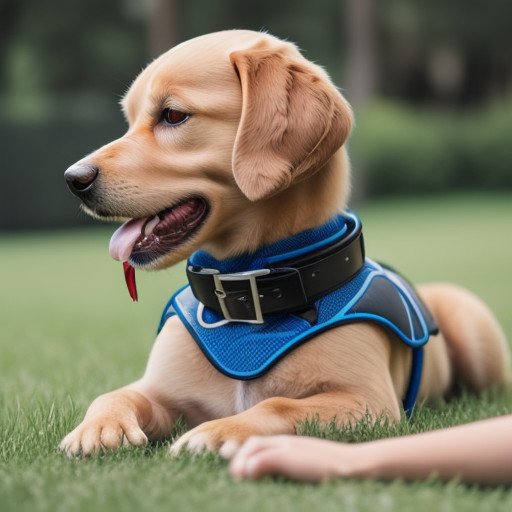
The primary characteristic of martingale collars is their capacity to keep canines inside the collar when they’re trying to breathe comfortably. They are therefore a great option for both daily use and training. When it comes to providing pet owners with a dependable way to gently and thoughtfully teach their furry friends towards well-mannered conduct, martingale collars stand out among the vast selection of dog training collars because of their ability to strike a balance between correction and compassion.
3. Head Collars: Steering Behavior **
Head collars stand out as a unique and practical option when considering “What type of collar is best for dog training?” when it comes to guiding our dogs’ behavior. Unlike typical collars that fit around the neck, head collars encompass the dog’s head and muzzle, providing owners with additional control over their pet’s movements.
Head collars are primarily used to steer and redirect a dog’s attention; larger or stronger breeds can benefit most from them. Often called the Gentle Leader or Halti, these collars take use of dogs’ innate tendency to follow their heads. A head collar can be introduced gradually to allow for acclimation, which will ensure that the dog has a stress-free and good experience.
When it comes to dog training, head collars are unique in that they can be used to subtly direct and influence behavior. This makes them a kind and efficient way for owners to interact with their pets and help them develop good habits
4. Prong Collars: Controversial Choice **
Pinch collars, or prong collars, are a controversial option when it comes to dog training collars. These collars, which have metal spikes that press down on the dog as it pulls, are controversial since they can be uncomfortable or misused. Although some trainers support their usefulness in particular circumstances, care must be taken when deciding whether to employ them.

Prong collars are made to give off a correction signal in a manner similar to how dogs naturally correct one another by snapping. To avoid danger or injury, their application must be done carefully. It’s important to speak with a skilled trainer before choosing a prong collar. If one chooses this contentious instrument, responsible usage, correct fitting, and a full grasp of canine behavior are vital components. Prong collars remind us of the subtle debates about training approaches and the value of making educated decisions in order to enhance the welfare of our cherished pets as we explore the wide variety of dog training collars.
5. E-Collars: Electronic Training **
E-Collars, sometimes referred to as electronic collars, have become a popular technical tool for efficient dog training techniques. These collars offer a range of customizable levels for different training scenarios, and they use electronic stimulation to communicate with the dog.

The question “What kind of collar is best for dog training?” becomes more pertinent when discussing E-Collars because they offer a unique method of changing a dog’s behavior. Electronic training proponents contend that E-Collars, when utilized sensibly and under the supervision of a qualified trainer, can be an effective instrument for enforcing rules and discouraging undesirable conduct.
On the other hand, using E-Collars calls for cautious thought and moral behavior. With the right usage and awareness of each dog’s unique needs and sensitivities, electronic training can continue to be a humane and successful technique within the larger dog training collar market.
** Conclusion **
As we wrap up our exploration into the world of dog training collars, it’s evident that choosing the right one involves a thoughtful blend of practicality, compassion, and a deep understanding of our furry friends. From the timeless simplicity of flat collars to the nuanced guidance provided by head collars, each option offers a unique approach to training.
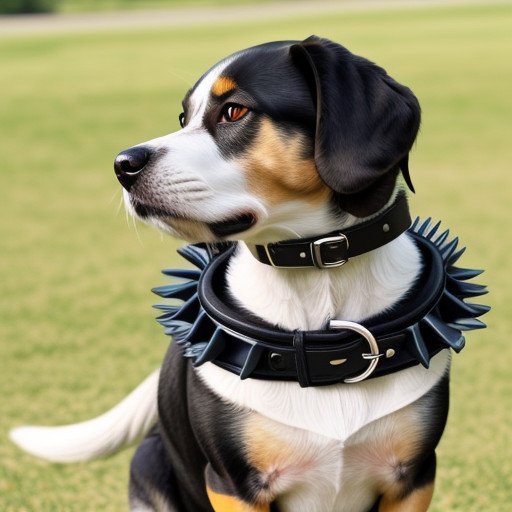
While martingale collars delicately correct behavior and electronic collars introduce technology into the mix, the controversial nature of prong collars reminds us of the responsibility that comes with selecting training tools. Whatever collar you choose, prioritize your pup’s comfort, safety, and individual needs.
In the grand tapestry of canine companionship, the ideal collar becomes more than a training aid – it’s a conduit for communication, reinforcing the bond between owner and dog. So, as you embark on this journey of training and companionship, may the chosen collar be a testament to the love and commitment shared between you and your four-legged friend.
“I hope you have found the answer to the question ‘What Type of Collar is Best for Dog Training.’ Thank you for reading. Let us know your thoughts by commenting below.”
Choosing the Right Collar for Dog Training: A Comprehensive Guide In the world of canine companionship, good training is essential to a happy pet-owner connection. One of the most important parts of this training process is selecting the appropriate collar. The issue “What type of collar is best for dog training?” is one that dog…
You might be interested in reading this post as well https://tomeshnews.co.in/best-dog-training/
